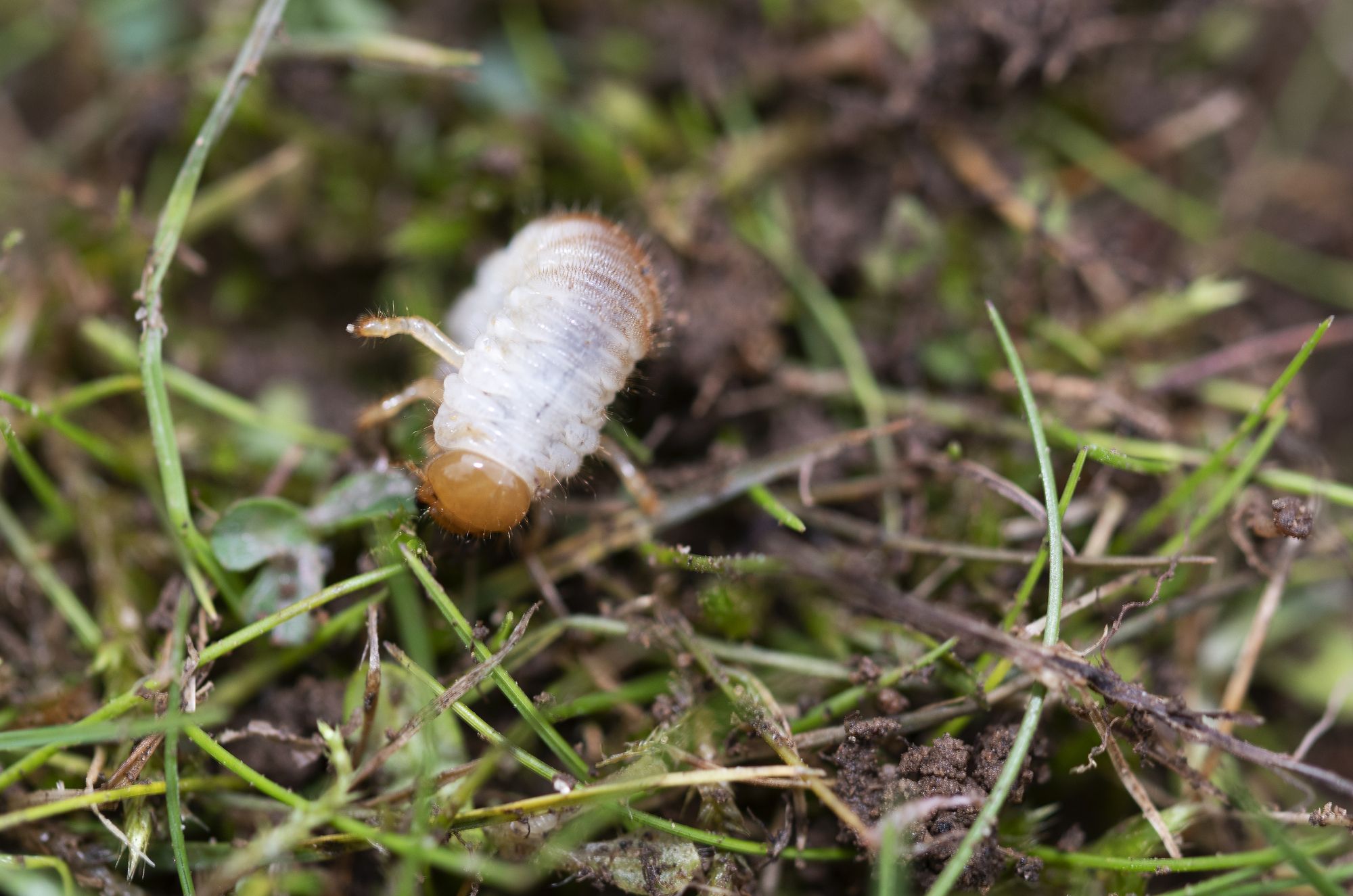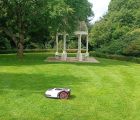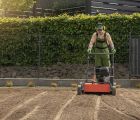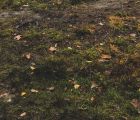This website uses cookies so that we can provide you with the best user experience possible. Cookie information is stored in your browser and performs functions such as recognising you when you return to our website and helping our team to understand which sections of the website you find most interesting and useful.

Chafer Grub
The grubs develop in the earth for some four to five years, growing continually to a size of about 4–5 cm, before they pupate in early autumn and hatch as a cockchafer after about six weeks.
The adult does not come out of the soil immediately but stays there until warmer weather when it digs its way to the surface.

How will I know if I have Chafer Grubs
• Birds Picking Birds pecking at your turf may mean that you have a chafer grub problem. The grubs are a popular food source for birds feasting on your lawn’s chafer grubs. Letting predators eat the grubs will not control the problem.
• Brown patches Damaged areas can rapidly increase in size as the lawn grubs continue to eat away at your lawn. The damage is so great and so rapid that it is possible to lift entire sections of turf off the ground because the grass roots have become completely destroyed.
• Increased Harm Harm / Damage to your lawn will increase as the chafer grubs grow larger and increase in number over summer months. The lawn grubs prefer sandy soil and will burrow in deeper during periods of cold weather.



